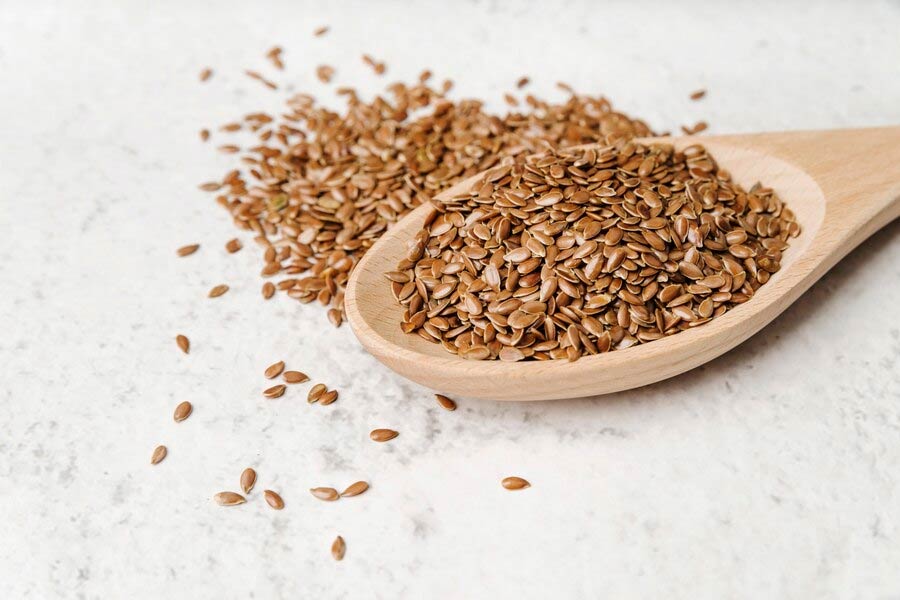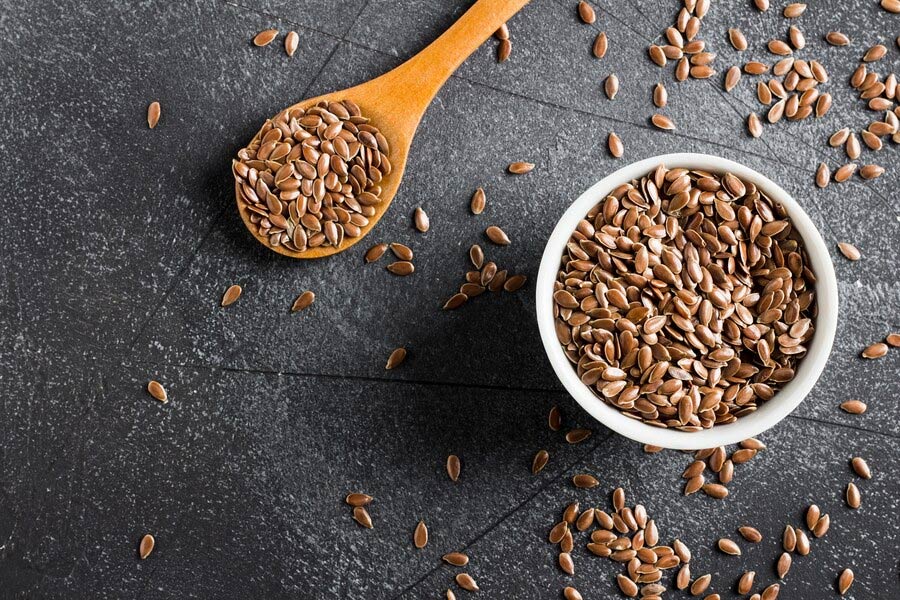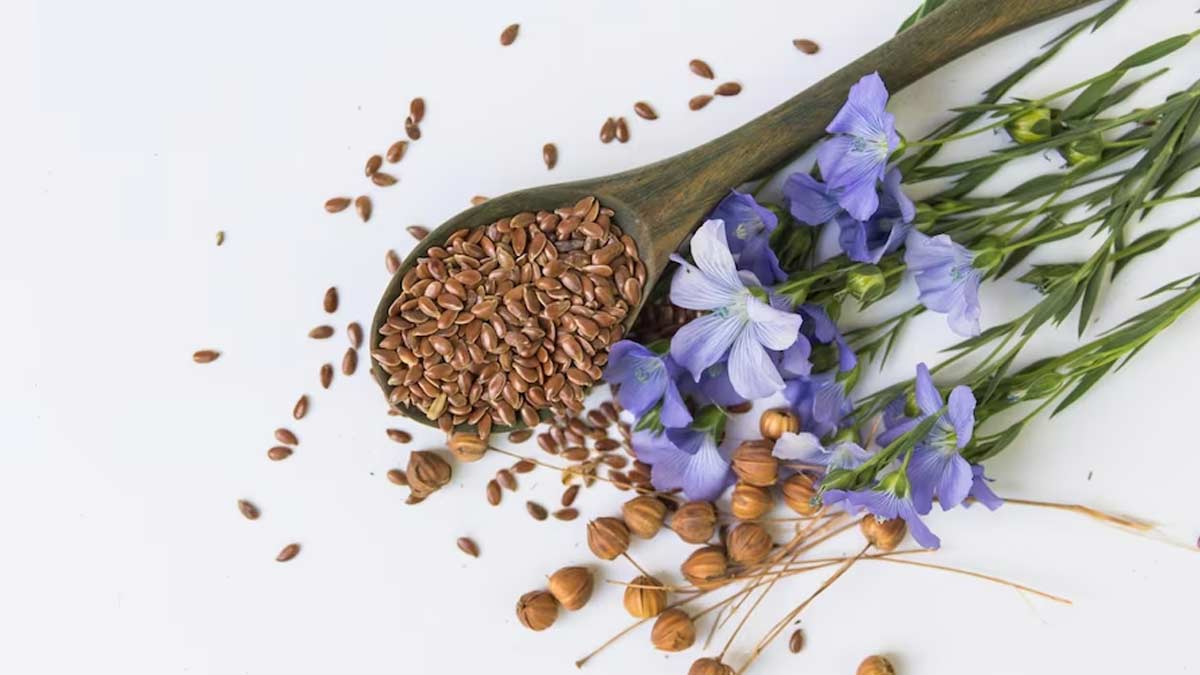Growing flax seeds at home is an easy and rewarding procedure. Flax seeds are packed with health benefits like Omega-3 fatty acids, fibre, and lignans. Many see flaxseed as a superfood that could help reduce the risk of serious health problems. While growing flaxseed on a large scale can be complicated, planting flax from seeds in your garden is simpler than you might think. Below, we unveil a step-by-step guide on growing flax seeds at home.
Supplies Needed For Growing Flax Seeds In Your Garden
To cultivate flax seeds in your garden, gather the necessary supplies listed below:
Flax Seeds: Acquire top-quality flax seeds from a trustworthy source, ensuring they are suitable for planting and free of contaminants.
Garden Location: Select a sunny area in your garden with well-draining soil, as flax plants thrive in full sunlight.
Gardening Tools:
- Use a trowel or garden shovel for digging and preparing the soil.
- Employ a garden rake to smooth and level the soil surface.
- Have a watering can or hose for regular irrigation.
Organic Matter: Enhance soil fertility and structure by incorporating compost or well-rotted manure.
Water Supply: Ensure access to a convenient water source for consistent watering, crucial for flax plants, especially during germination.
Mulch: Opt for organic mulch like straw or wood chips to retain soil moisture and curb weed growth around flax plants.

Thinning Tools: Use small pruning shears or scissors to thin out seedlings as they germinate.
Harvesting Tools: When the time comes for harvesting, have pruning shears or scissors on hand to cut mature flax plants.
Don't Miss: 3 Ways To Add Flax Seeds To Your Everyday Breakfast
Detailed Guide On How To Grow Flax Seeds At Home
Growing flax seeds at home is a simple process, and the following detailed guide will walk you through each step:
Seed Selection:
- Obtain top-quality flax seeds from a trustworthy source.
- Ensure the seeds are appropriate for planting and free from any impurities.
Choosing Location and Preparing Soil:
- Opt for a sunny area in your garden with well-drained soil.
- Utilise a trowel or garden shovel for soil preparation.
- Enhance soil fertility and structure by adding organic matter like compost or well-rotted manure.
- Verify the soil pH falls within the slightly acidic to neutral range, which is favourable for flax growth.
Sowing the Seeds:
Directly plant flax seeds in the soil, at a depth of about 1/4 to 1/2 inch.
Space the seeds at least 1-2 inches apart, either in rows or scattered evenly.
Watering:
- Keep the soil consistently moist, especially during the germination phase.
- Avoid excessive watering to prevent waterlogging, as flax plants prefer well-drained conditions.
Thinning:
- Once seedlings reach a few inches in height, thin them to ensure proper spacing.
- This guarantees each plant has ample space for growth and receives sufficient sunlight.
Weeding:
Regularly eliminate weeds around flax plants to reduce competition for nutrients and sunlight.

Harvesting:
- Flax plants typically mature in 90 to 100 days.
- Harvest when the lower stems turn yellow, and seed capsules become golden brown.
- Pull the entire plant, bundle them, and hang upside down in a dry, well-ventilated area for a few weeks for thorough drying.
Seed Extraction:
Once plants are dry, extract seeds from capsules by beating bundles against a hard surface or using hands.
Storing:
- Store harvested flax seeds in cool, dry places within airtight containers.
- They can be used in various dishes or ground into flaxseed meal for enhanced nutritional benefits.
By following these steps, you can successfully cultivate flax seeds at home, adding a fresh and nutritious element to your garden.
Keep reading Herzindagi for more such updates.
